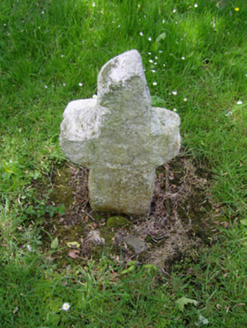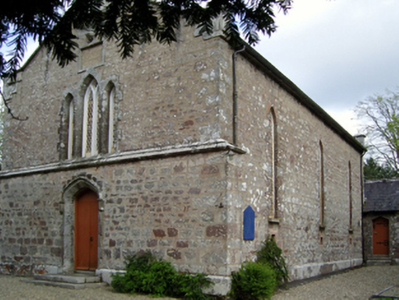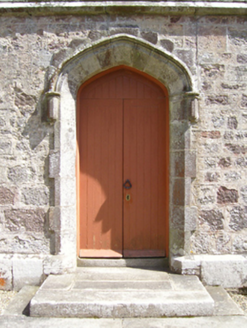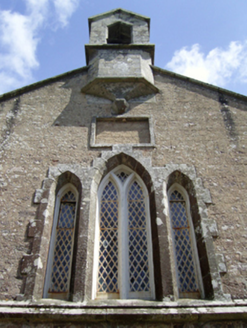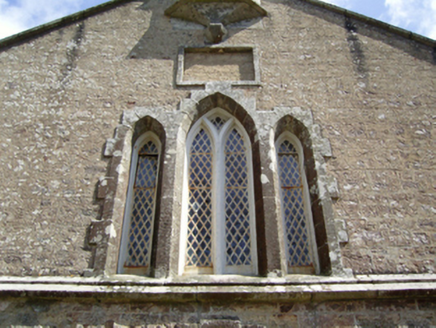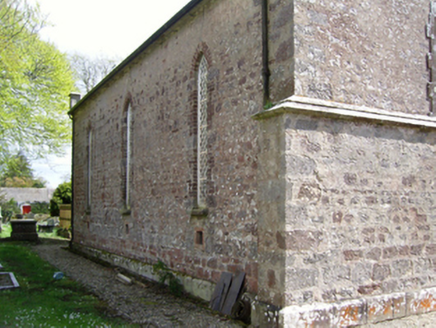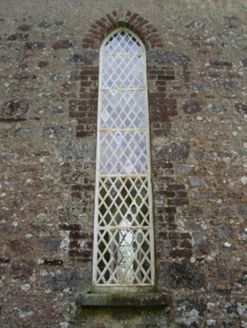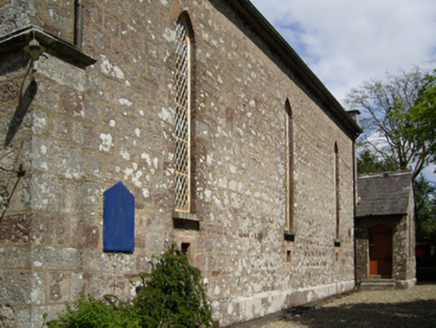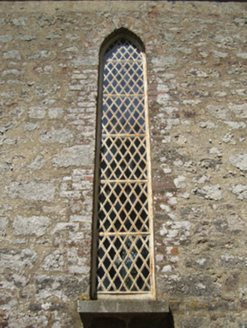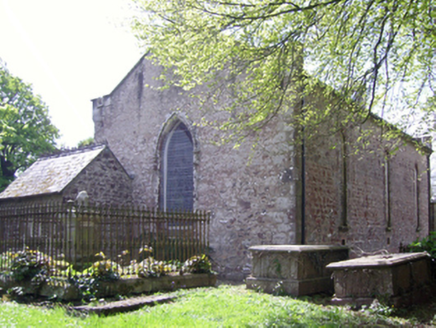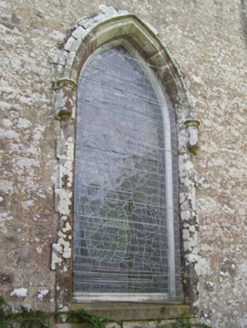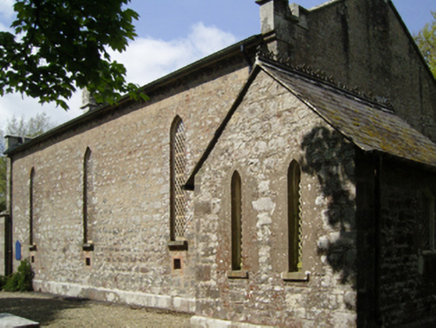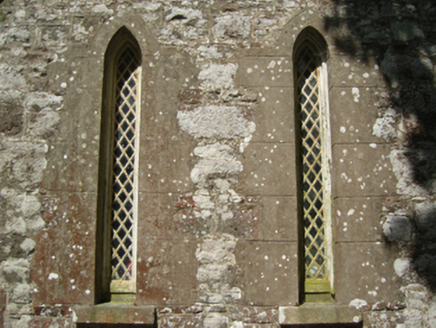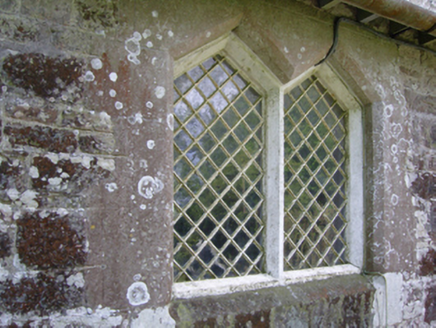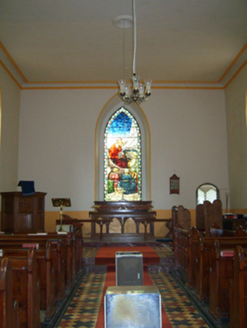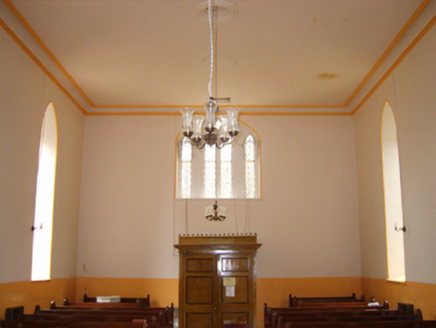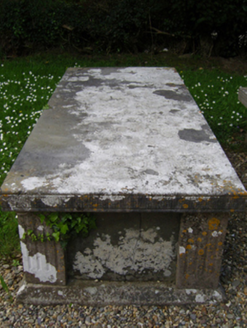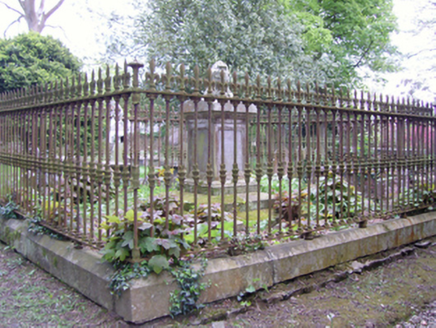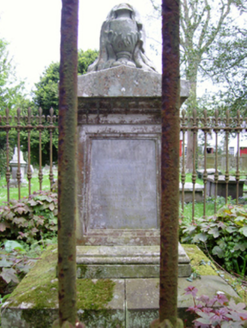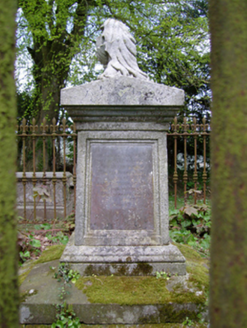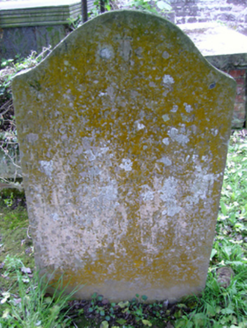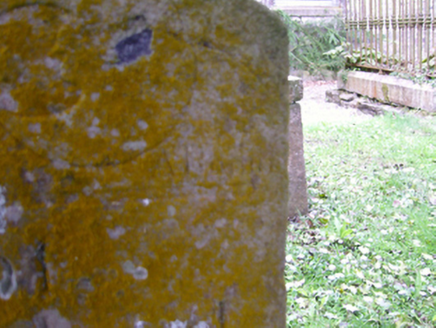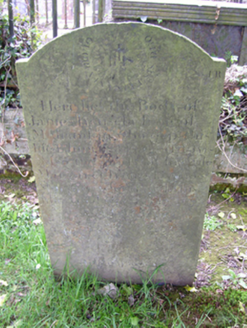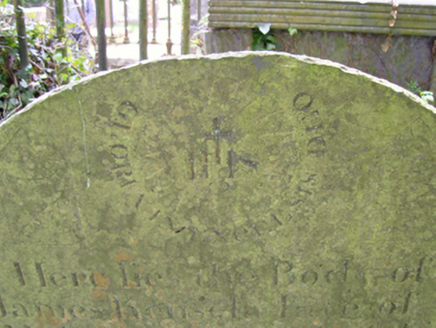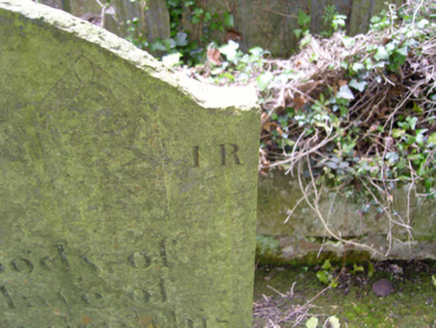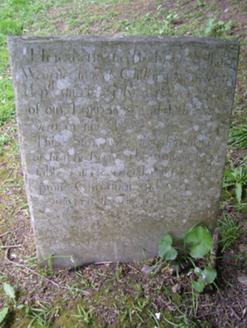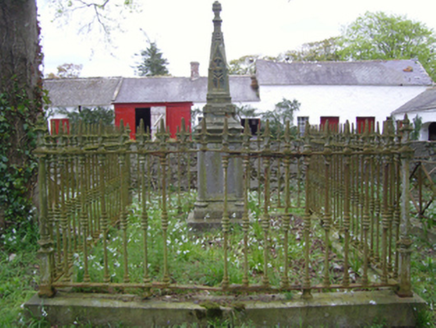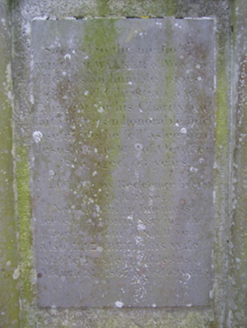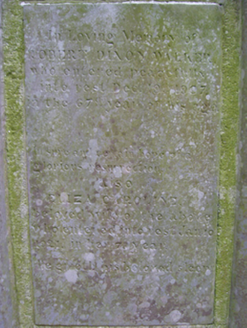Survey Data
Reg No
15704721
Rating
Regional
Categories of Special Interest
Architectural, Artistic, Historical, Scientific, Social
Original Use
Church/chapel
In Use As
Church/chapel
Date
1840 - 1845
Coordinates
298933, 110316
Date Recorded
19/09/2007
Date Updated
--/--/--
Description
Detached three-bay double-height single-cell Ecclesiastical Commissioners' Church of Ireland church, begun 1841; consecrated 1843, on a rectangular plan. Pitched slate roof with lichen-covered clay ridge tiles, cut-granite "saddleback" coping to gables on cut-granite battlemented ogee corbel kneelers including cut-granite "saddleback" coping to gable to entrance (west) front on cut-granite battlemented ogee corbel kneelers with cut-granite gabled bellcote to apex, and cast-iron rainwater goods on cut-granite eaves retaining cast-iron downpipes. Tuck pointed coursed or snecked "Old Red Sandstone" walls on benchmark-inscribed cut-granite chamfered plinth with lichen-covered flush quoins to corners. Lancet window openings with cut-granite sills, and red brick block-and-start surrounds framing fixed-pane fittings having cast-iron lattice glazing bars. Pointed-arch window opening (east), cut-granite block-and-start surround having chamfered reveals with hood moulding on engaged octagonal label stops framing iron mesh storm panel over fixed-pane fitting having leaded stained glass panel. Tudor-headed door opening to entrance (west) front with two cut-granite steps, cut-granite block-and-start surround having chamfered reveals with hood moulding on engaged octagonal label stops framing timber boarded double doors having overpanel. Lancet "Trinity Window" (gable) with cut-granite "slated" sill course, central timber Y-mullion, and cut-granite block-and-start surround having chamfered reveals framing fixed-pane fittings having cast-iron lattice glazing bars. Full-height interior with encaustic tiled central aisle between timber pews, cut-white marble wall monuments (1832; 1956), timber panelled pulpit (1937) on an octagonal plan with timber clerk's desk (1938), cut-veined red marble stepped dais to chancel (east) with turned timber balusters supporting carved timber communion railing centred on Gothic-style timber altar below stained glass memorial "East Window" (1938), and moulded plasterwork cornice to ceiling centred on moulded plasterwork ventilation roses. Set in landscaped grounds on a corner site with cut-"Old Red Sandstone" piers to perimeter having cut-granite shallow pyramidal capping supporting cast-iron double gates.
Appraisal
A church erected to designs signed (1843) by Frederick Darley Junior (1798-1872), Architect for the Archdiocese of Dublin (fl. 1833-43), representing an important component of the mid nineteenth-century built heritage of south County Wexford with the architectural value of the composition, one recalling the Darley-designed Saint Peter's Church (Kiltennell) (1840-1) in neighbouring County Carlow, confirmed by such attributes as the compact rectilinear "barn" plan form, aligned along a liturgically-correct axis; the construction in a ruby-coloured "Old Red Sandstone" offset by silver-grey granite dressings not only demonstrating good quality workmanship, but also producing a mild polychromatic palette; the slender profile of the openings underpinning a "medieval" Gothic theme with the chancel defined by a restrained "East Window"; and the jettied bellcote embellishing the roofline as a picturesque eye-catcher in the landscape (cf. 15703232). Having been well maintained, the elementary form and massing survive intact together with substantial quantities of the original fabric, both to the exterior and to the interior where encaustic tile work; contemporary joinery; wall monuments commemorating Colonel Nicholas Wilson (1795-1857) and Colonel Charles Monk Gibbon (1878-1937) of Sleedagh (see 15704251); timber work 'presented to the church [and] carved by her own hands by Margaret Gibbon'; the vibrant Monk Gibbon Memorial "East Window" signed (1938) by Morris and Company (fl. 1875-1940) of London to a design by Edward Burne-Jones (1833-98); and sleek plasterwork refinements, all highlight the artistic potential of a church forming part of a self-contained group alongside an adjacent glebe house (see 15704722) with the resulting ecclesiastical ensemble making a pleasing visual statement in a sylvan street scene.
